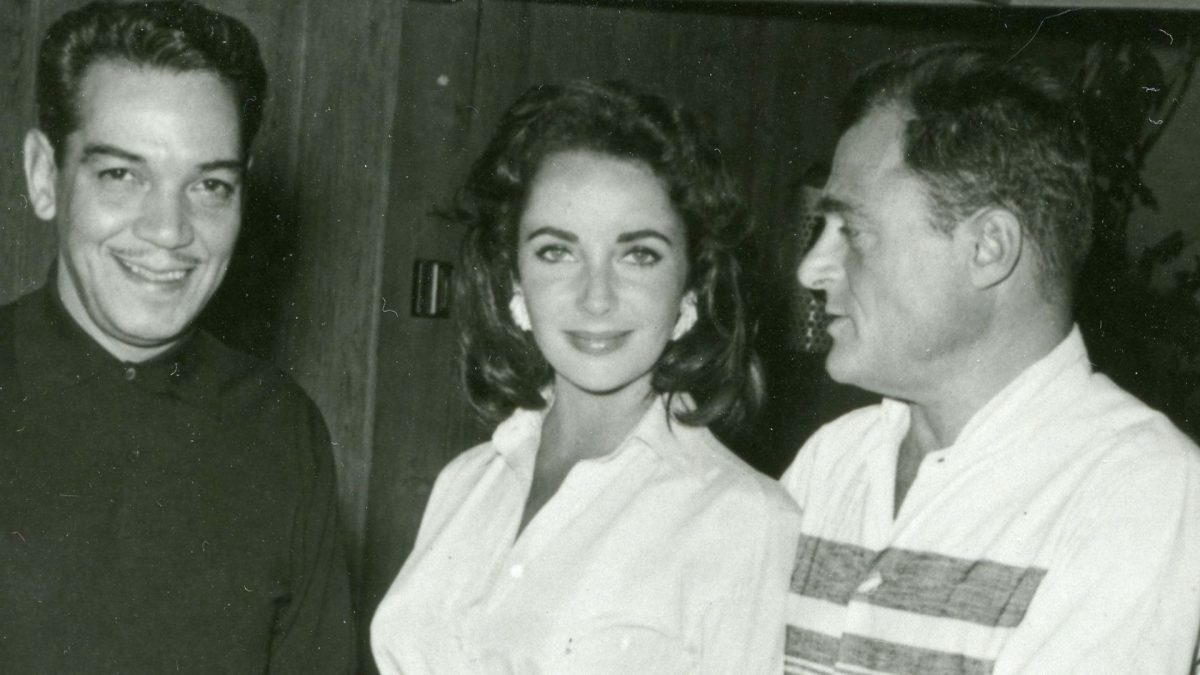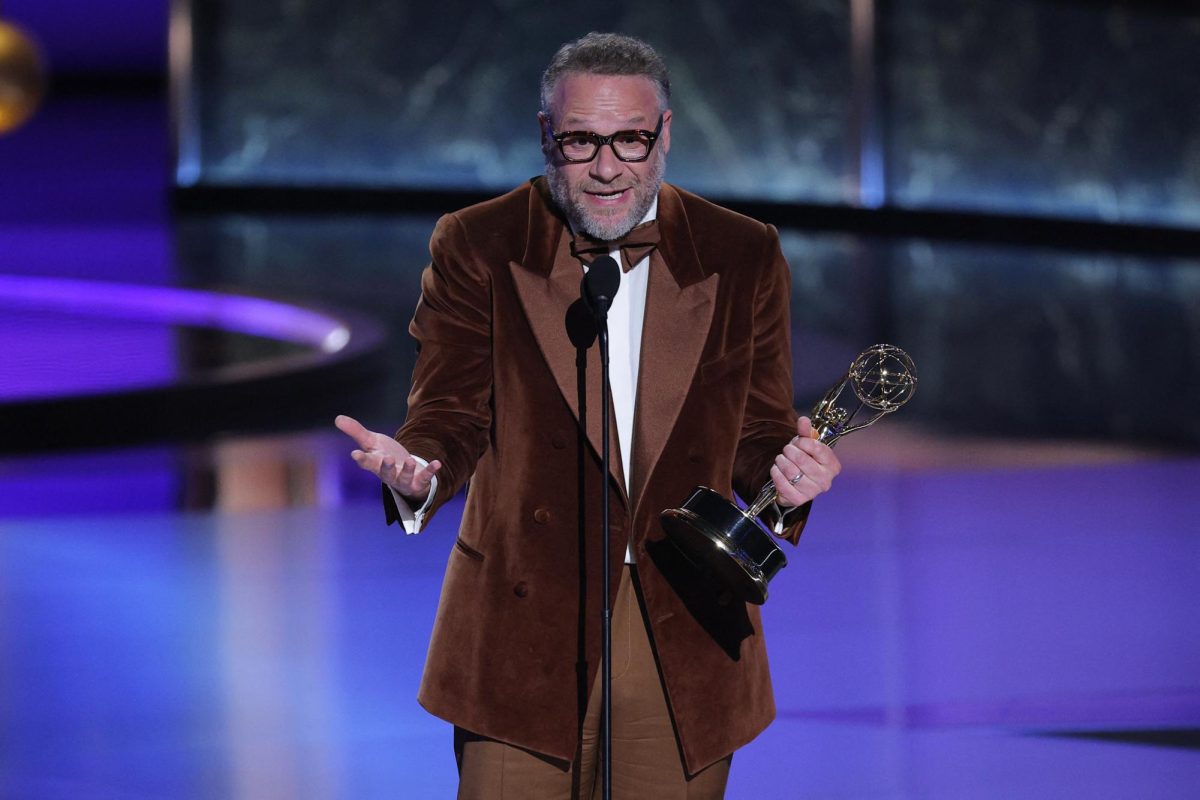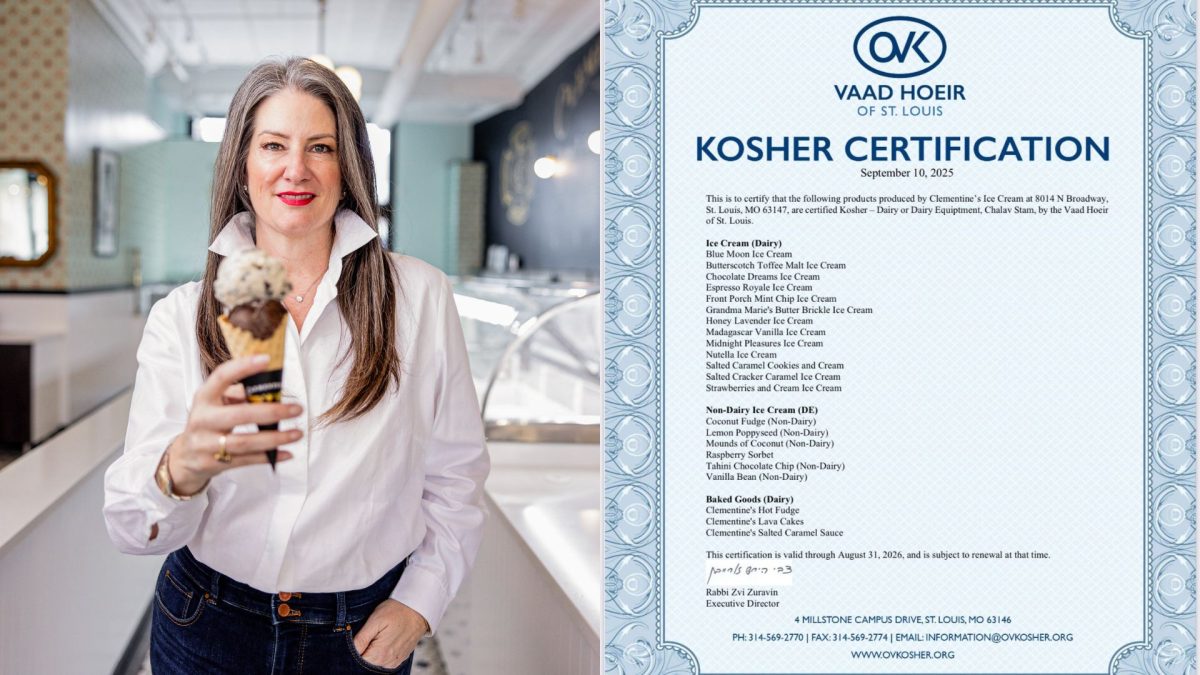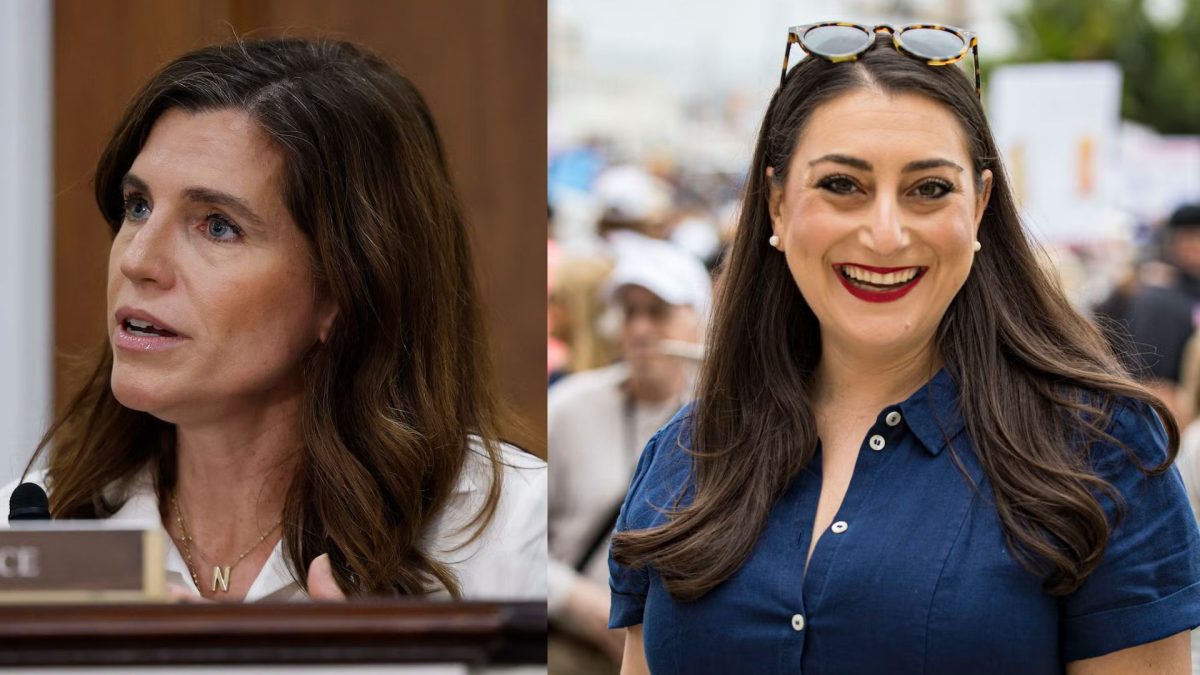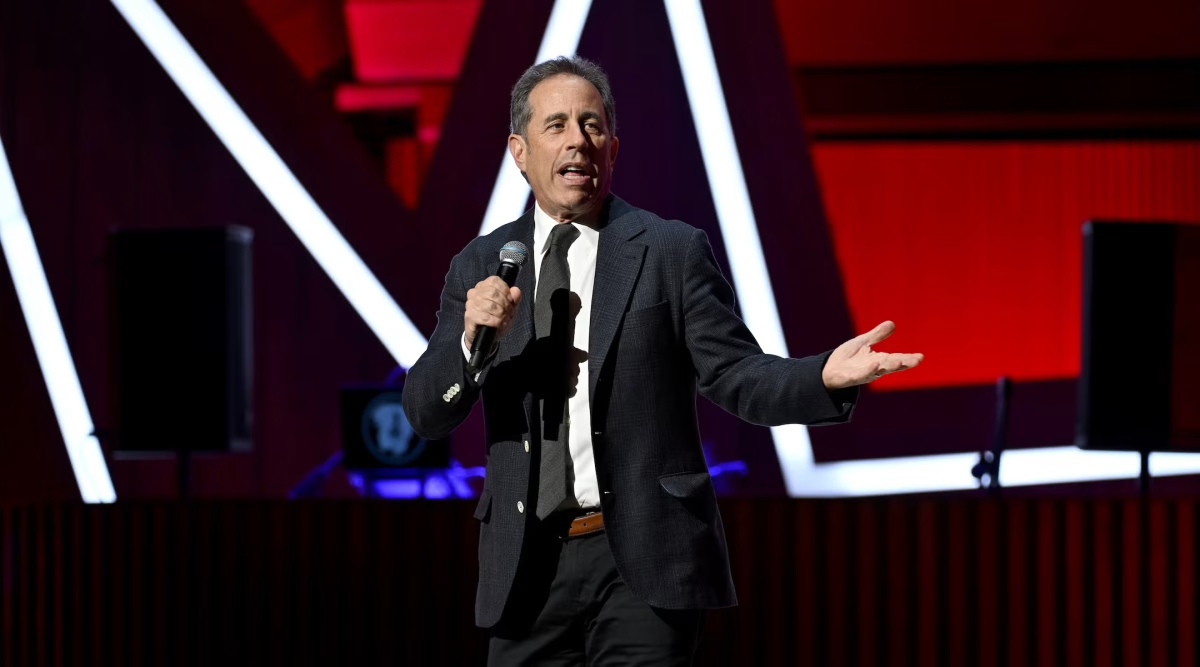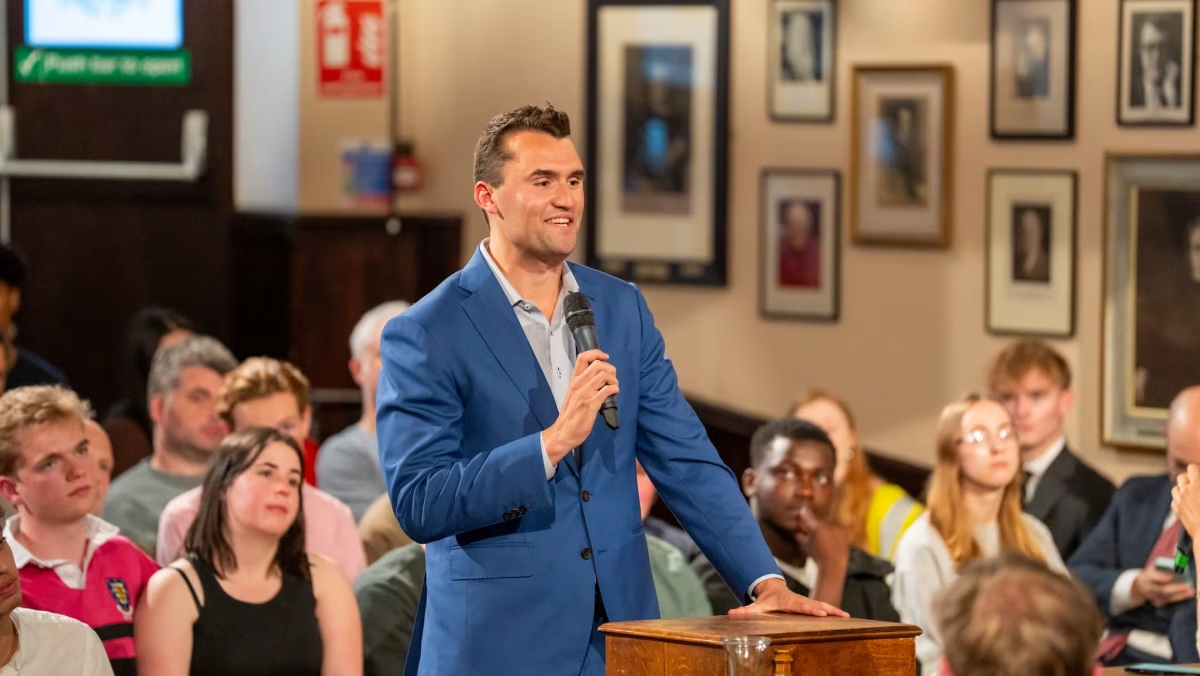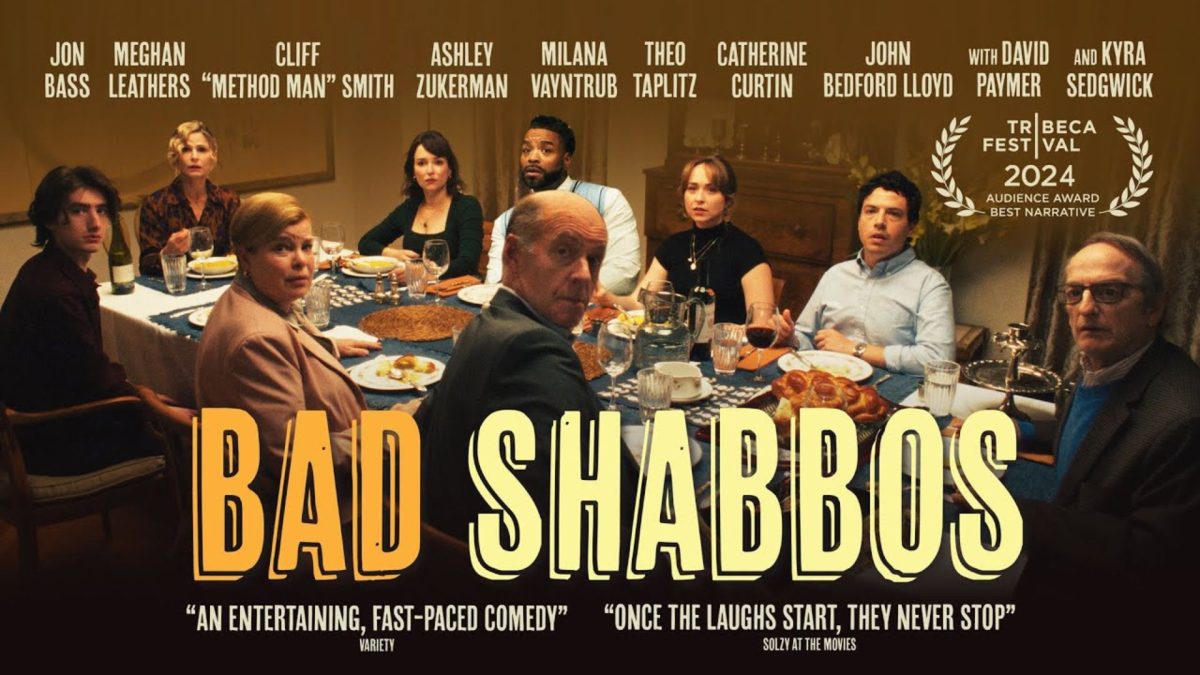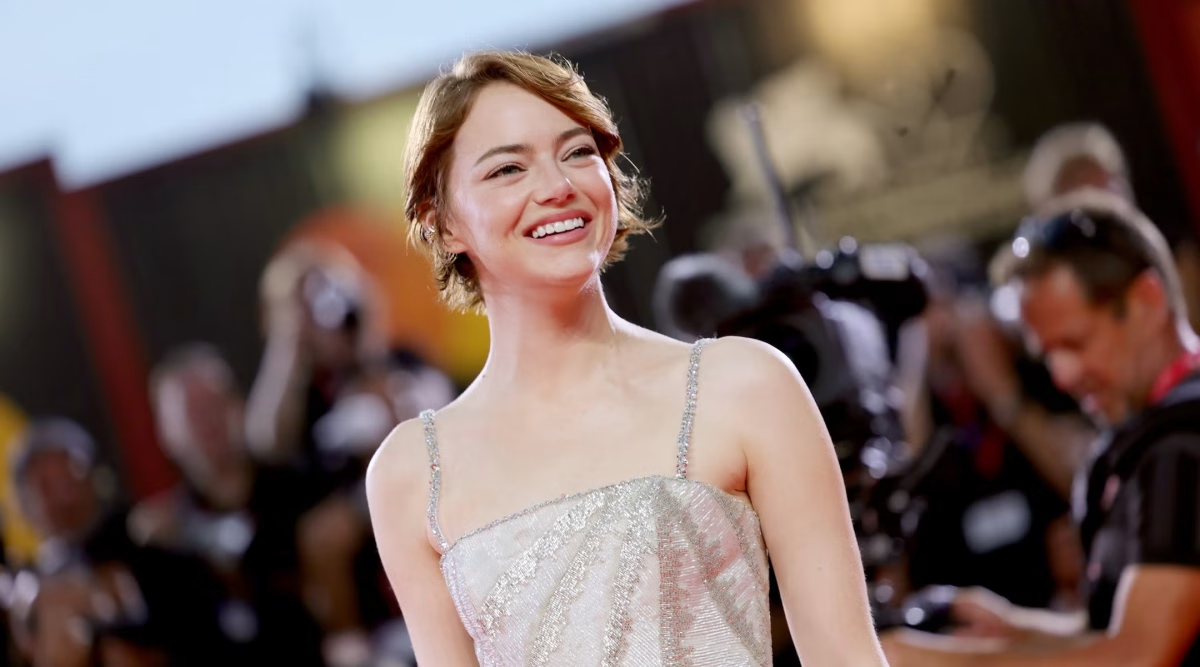This story first appeared on the website of Jewish Women’s Archive.
“I suggest something illicit,” Elizabeth Taylor says coyly at the top of Nanette Burstein’s new documentary Elizabeth Taylor: The Lost Tapes, immediately letting us know that she is well aware of how she is culturally perceived.
Tight and charming, the film returns the wild, torrid Elizabeth Taylor narrative directly to Elizabeth Taylor through a series of intimate, newly-discovered interviews from the height of her fame. The Lost Tapes successfully pulls back the curtain, allowing Taylor the space to speak about herself, the person, living through herself, the icon (“It makes money,” she says of the Elizabeth Taylor persona). Insofar as a biographical documentary aims to tell the story of a life, The Lost Tapes succeeds—to a point. It isn’t a complete picture, but it is a revealing one— about the pressures of public life and the psychological compartmentalization that is necessary to live fabulously and famously.
ADVERTISEMENT
he Lost Tapes shines brightest as a catalog of one woman’s robust self-mythology, written and rewritten to protect herself from the reality of how she was perceived by the world. Anything Taylor anticipates that the interviewer, and thereby the public, might say about her—that she is a movie star more than she is an actress, that her exceptional beauty makes her a commodity before most people see her as a person, that she married Mike Todd’s best friend Eddie Fisher and stole him from America’s Sweetheart, Debbie Reynolds, mere months after Todd died tragically in a plane crash—Taylor tells us herself, in her own words. One of the most looked-at women in the world should be able to tell us she knows how people look at her. One of the most derided women in the world should have a chance to tell us her side of the story.
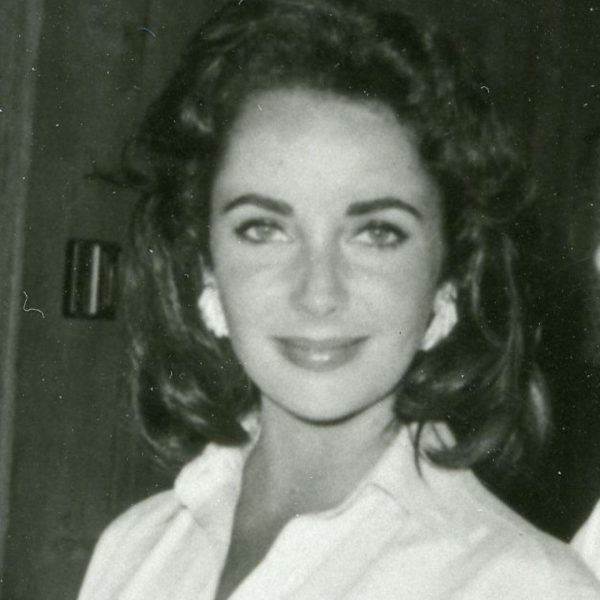
As she tells it, Elizabeth Taylor’s life begins when her family moves from England to Hollywood. She will say later that she doesn’t remember a time before she was famous. All of her firsts are told in the context of her Hollywood firsts. Her first film kiss took place one week after her first “life” kiss, and she contends the film one was better; she played a much-older-man’s wife onscreen when she was just sixteen, two years before she would marry for the first time.
She also emphasizes her work ethic. When a director told her she was too short for the role, Taylor claims she “stretched” herself, ate steak for every meal, and “grew three inches in three months” to nab the lead in The Courage of Lassie (1946). She would have been thirteen the summer she stretched herself to grow those last few inches, and it likely would have happened naturally, anyway. But this sense of cause-and-effect, this narrative awareness of her own life, pops up throughout the stories Taylor tells over the hour-and-a-half of runtime. She even claims to have had some level of awareness that “something was going to happen” in her marriage to Mike Todd before his tragic accident.
Taylor is sharp and witty; she is also desperately grasping onto her own story. When her dear friend, Roddy McDowall, interrupts an interview to tell her that the building is swarming with photographers, and they’ll have to take her home out of a side entrance, she asks the interviewer whether or not he is still recording. She asks this of the interviewer several times, and these are the only moments of the film where she seems nervous. As confident as Taylor is in her own story, she is equally anxious about the court of public opinion obscuring her truth.
ADVERTISEMENT
“Her truth” is often an amalgamation of character and reality. She tells the story of going back to work on Cat on a Hot Tin Roof (1958) two weeks after Mike Todd’s death, utterly grief-stricken. But, she says, “When I was Maggie, I could talk.” Similarly discussing her role opposite then-husband Richard Burton in Who’s Afraid of Virginia Woolf? (1966), she says she was able to give the performance she did by “putting on my Martha skin.” Elizabeth Taylor is a story of emotional sublimation, compartmentalizing as a way of life, and the deleterious effects of Hollywood sexism and objectification.
It’s also a story of rising above it to find oneself. Though I found the film’s time jump from the mid-1960s to 1985 jarring, it is those last few scenes I found the most emotionally impactful. Elizabeth-in-the-sixties speaks of “wanting to be a bride,” of being in love with a romantic love sold to her through her many film roles, of her many marriages to volatile men, of her desire to be dominated and challenged. In 1985, she finds herself single for the first time. She is older, wiser, and, by nature of that same Hollywood sexism and objectification, less commodified. And she has decided to devote her life to AIDS advocacy.
Burstein pays special attention to Elizabeth Taylor’s friendships with closeted gay men like McDowall, Montgomery Clift, and Rock Hudson, whom she loved because they “wouldn’t come on to her.” Romantic love came and went throughout Taylor’s life, but these relationships were constant, steadfast, and nurturing. When Hudson announced his AIDS diagnosis in July of 1985, four years into an epidemic that had already claimed tens of thousands of lives, then-president Ronald Reagan still hadn’t uttered the word “AIDS” in public. As Elizabeth Taylor shed her movie star skin and became Elizabeth, she decided the best use of her time was advocating for a community that had always held her up and treated her like Elizabeth, using her fame to fight back against a bigoted government and a medical system that refused to take action on a plague because it primarily impacted people it found politically undesirable. “We owe our fellow man a certain responsibility,” Taylor said.
As beautiful and magnetic as she is onscreen, to me, the most interesting things about Elizabeth Taylor are the parts of her she chose for herself. That’s her connection to the gay community, and her work to co-found amFAR and the Elizabeth Taylor AIDS Foundation, which have raised billions of dollars for AIDS research since their founding. It’s also her 1960 conversion to Judaism, which is only nodded to in Burstein’s film (adorably, Taylor exclaims “oy gevalt!” mid-interview). I wonder why, in a film that is interested in deconstructing the Elizabeth Taylor mythology, no work was done to dispel the myth that she converted to Judaism for one of her two Jewish husbands (Mike Todd and Eddie Fisher). Taylor’s connection to Judaism was lifelong and deeply important to the core of her identity. “I don’t think we can plan on being rewarded or being punished afterwards,” she tells the interviewer, who has asked if she thinks she will answer for her bad behavior in the next life. “I think we must pay on this Earth. We should do our penance now.” What is more Jewish than that?
The problem with self-mythology is that it’s just as limiting as definition by external validation. Taylor tells us about all the times she has been told she is a movie star and not an actress, and they stick to her like glue. When she won her first Oscar for an explosive, raw performance in BUtterfield 8 (1960) following a long illness, Taylor claimed she “won the award for her tracheotomy.” Luckily, Burstein juxtaposes self-deprecation with footage of Elizabeth Taylor, the actress, led by instinct to be magical onscreen. I hope that, by the end of her life, Elizabeth Taylor knew definitively that she was loved for who she was and the good she did, and not just for what she looked like and what the tabloids said she was best at. I hope she knew she did her penance on Earth.



